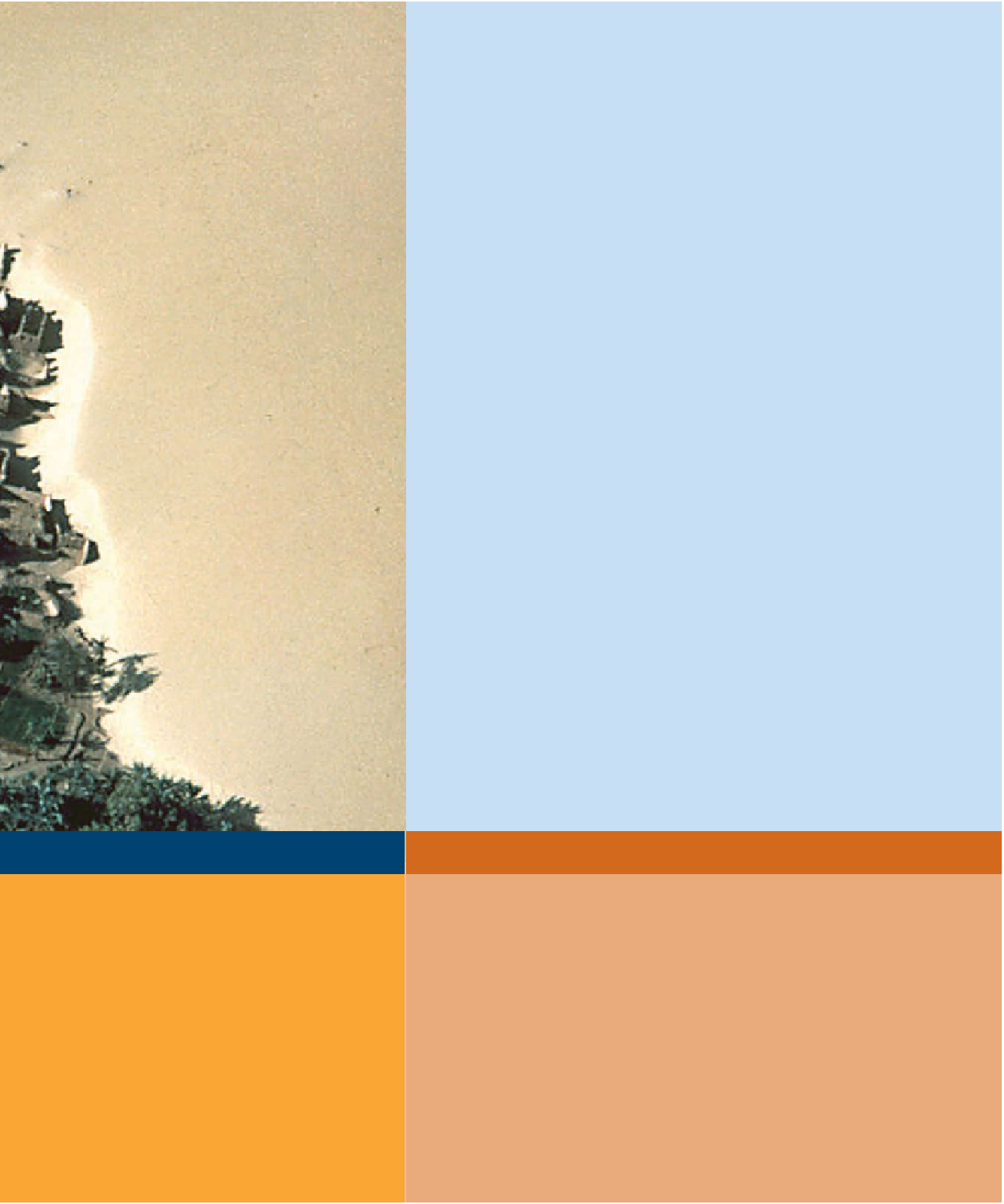Geology Reference
In-Depth Information
OUTLINE
Introduction
Sediment Transport by Wind
Wind Erosion
Wind Deposits
Air-Pressure Belts and Global Wind Patterns
The Distribution of Deserts
GEO-INSIGHT:
Rock Art for the Ages
Characteristics of Deserts
GEO-FOCUS:
Windmills and Wind Power
Desert Landforms
Geo-Recap
OBJECTIVES
At the end of this chapter, you will have learned that
Wind transports sediment and modifi es the landscape
through the processes of abrasion and defl ation.
Dunes and loess are the result of wind depositing material.
Dunes form when wind fl ows over and around obstructions.
The four major dune types are barchan, longitudinal, transverse,
and parabolic.
Loess is formed from wind-blown silt and clay, and is derived
from three main sources: deserts, Pleistocene glacial outwash
deposits, and river fl oodplains in semiarid regions.
The global pattern of air-pressure belts and winds is respon-
sible for Earth's atmospheric circulation patterns.
Deserts are dry and receive less than 25 cm of rain per year,
have high evaporation rates, typically have poorly developed
soils, and are mostly or completely devoid of vegetation.
The majority of deserts are found in the dry climates of the
low and middle latitudes.
Deserts have many distinctive landforms produced by both
wind and running water.
■
■
■
■
■
■
■
■
■
The Saharan community of El Gedida in western Egypt is slowly being
overwhelmed by advancing sand.
383
383


Search WWH ::

Custom Search